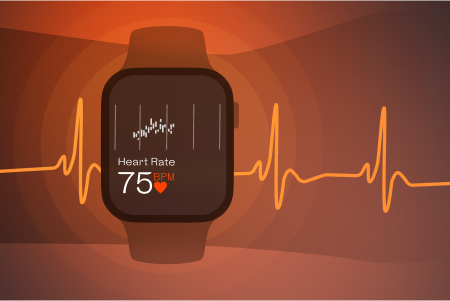
Measuring Resting Heart Rate
From manual pulse counts to the latest in app technology, dive into the transformative journey of heart rate monitoring
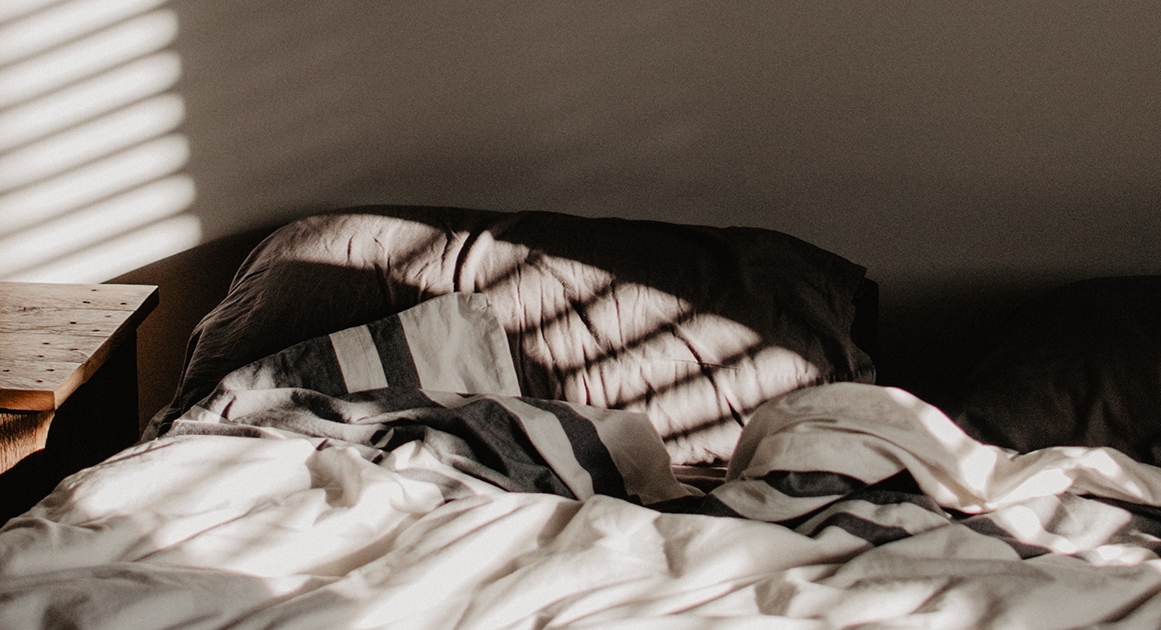
True ‘larks’ and ‘owls’ are relatively rare; most people can adjust their waking hours without impacting their health.
Going to bed early can be hard — maybe you want to watch one more episode of that show, hang out with your friends, or have a late family dinner. What time should you really be getting to bed or waking up? Is there an optimal schedule that best satisfies your body’s needs? And what’s a chronotype, exactly?
There are many different chronotypes. The two you’ve probably heard of are morning larks and night owls, but most people fall somewhere in between the two. Chronotypes are often presented as if they’re fixed or biologically predetermined, but this doesn’t take into account social factors, which also influence your chronotype.
All living organisms, be they bacteria, plants, fish, or humans, have a biological clock. Over hundreds of millions of years of evolution, organisms have synchronized with the night-day cycle, activating hormone production, metabolism, and other processes at different times of day based on this cycle.
Biological clocks aren’t as precise as a Swiss watch; organ systems are too complex for that. For example, the human biological clock cycle is slightly longer than 24 hours. To compensate for this imprecision, the body is constantly adjusting its inner rhythms in response to external signals, with the biggest external signal being light.
In essence, your chronotype is determined by how your body’s biological clock syncs up with the day-night cycle and the extent to which your body responds to external signals that affect those biological rhythms.
Get Welltory
for better sleep
Get Welltory
for better sleep
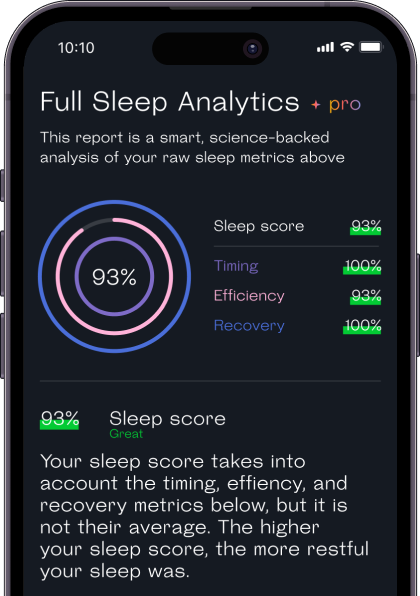
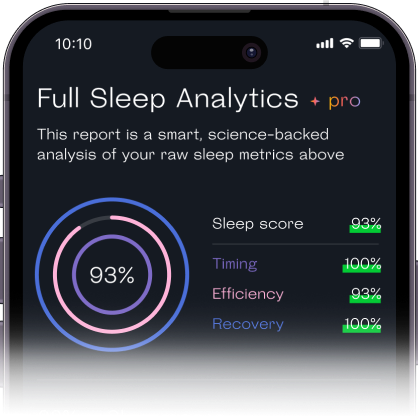

First and foremost, genetics. Research has shown that 37-54% of your chronotype is genetically determined. At least 9 genes and over 350 gene sequences play a role in determining your biological clock. Since it’s encoded in your DNA, this aspect of your chronotype can’t be changed.
Age is another factor. People closest to being true owls tend to be 19 to 20-year-old males. As we age, we are prone to become more lark-like, with men experiencing this change faster than women. This difference in chronotypes between sexes becomes particularly noticeable in people over 45.
The last piece of the chronotype formula is social. Your daily routine, whether you reside in a village or a city, how often you go outside, how much you’re on Facebook, your consumption of caffeine and other stimulants like alcohol and nicotine — all of these factors can affect your chronotype.
Till Roennenberg, a circadian rhythm researcher who developed the Munich Chronotype Questionnaire, has concluded that the prevalence of electric lighting and poorly-lit indoor work spaces have significantly impacted people’s chronotypes. In places far from electric infrastructure, where night actually brings darkness, and where most work outside, people’s sleep-wake schedules vary by at most 2 hours. In cities, however, this difference can be up to 12 hours.
When you down cocktails faster than your liver can metabolize, the concentration of alcohol in your blood rises, and you get drunk. The more alcohol you consumed, the harder it is for the liver to process it. Eventually, this waste buildups up in your body and leads to liver diseases such as steatosis (know as fatty liver), alcoholic hepatitis, and cirrhosis. As many as 47.9% of mortality cases due to liver diseases are alcohol-related.
First, you need to identify your true chronotype, i.e., what your natural sleep schedule would be if it weren’t affected by social factors. The best way to do this is to put yourself into an environment with light cycles that resemble natural ones as closely as possible. For example, you could take a long camping trip. If camping isn’t an option, try your best to imagine when you would naturally go to sleep and wake up if you didn’t have any time-specific responsibilities like work or parenting.
It’s important to remember that most people aren’t true owls or larks. In one 2021 study, only around 37% of respondents fell into those categories.
There’s research showing that it’s possible to change your sleep schedule. It seems likely that many people who consider themselves true owls can gradually shift their sleep schedule to wake up earlier.
In 2019, British and Australian scientists conducted an experiment with a small group of participants whose chronotypes showed them to be true owls. Before the experiment, the study participants’ average bedtime was 2:30 AM, with an average rising time of 10:15 AM.
Over the course of three weeks, the participants were asked to:
The scientists concluded that “the phase advance was accompanied by significant improvements to self-reported depression and stress, as well as improved cognitive (reaction time) and physical (grip strength) performance measures during the typical ‘suboptimal’ morning hours.”
Roennenberg notes that if they stop following the study’s recommendations, true owls could revert to their old cycle. After all, nothing can change your chronotype’s genetic factors.
If rising early in the morning isn’t your thing, try some of the methods from the above study — expose yourself to bright light in the morning, reduce light in the evening, and adjust your meal schedule. Even the most persistent owl could find themselves shifting towards an earlier schedule.
If your attempts to shift your sleep schedule are falling flat, you could try changing your work schedule so that your body’s natural active peaks align with the times you need to work. If you’re a lark, try to schedule meetings in the morning and see friends for lunch instead of dinner. When one parent is an owl, they could be responsible for their child’s bedtime, leaving morning duties for the lark parent.
If your natural activity peaks and daily schedule don’t line up, you will experience ”social jetlag,” a term coined by Roennenberg. Social jetlag is when every day starts as if you flew to a time zone ahead of yours by a few hours. It is linked to metabolism disorders, drastic mood swings, and even symptoms of depression.
And remember, there’s nothing wrong with being either an owl or a lark. Both late-night and early-morning sleep schedules are equally healthy.
Welltory x Reminder, 22 Nov. 2022

From manual pulse counts to the latest in app technology, dive into the transformative journey of heart rate monitoring
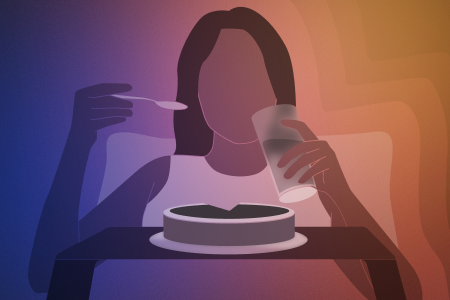
Discover the intricate relationship between late-night eating and its impact on sleep duration and quality
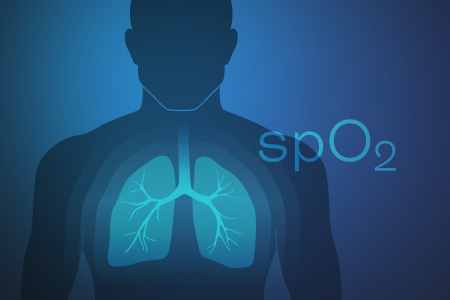
From boosting cognitive function to enhancing physical performance, discover the impact of blood oxygen levels on various aspects of health
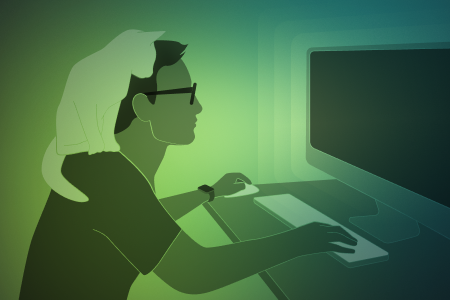
The relationship between stress and productivity and how Welltory can help you plan better
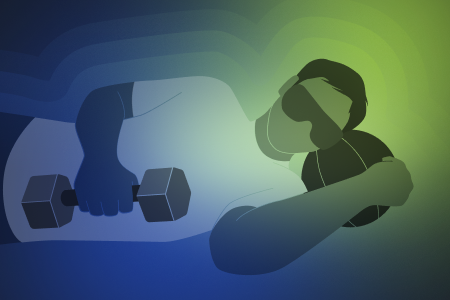
Does sleeping burn any calories, should you exercise right before bed and how much do you need to sleep to burn a 1000 Cal
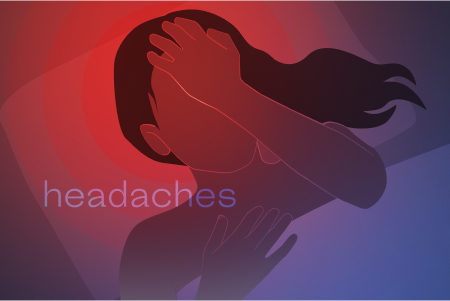
All you needed to know about headaches at night – types of nighttime headaches, their causes, possible treatment and how to avoid them.
 App Store
App Store
 Google Play
Google Play
 Huawei AppGallery
Huawei AppGallery
 Galaxy Store
Galaxy Store



